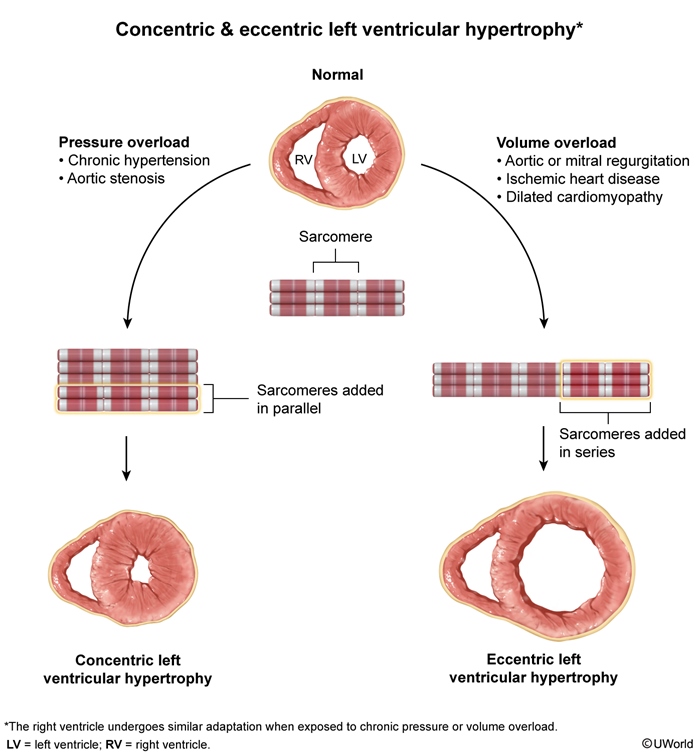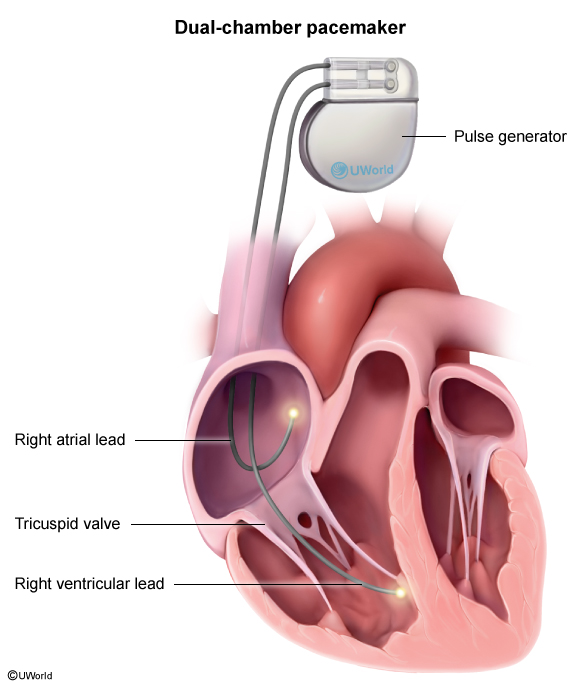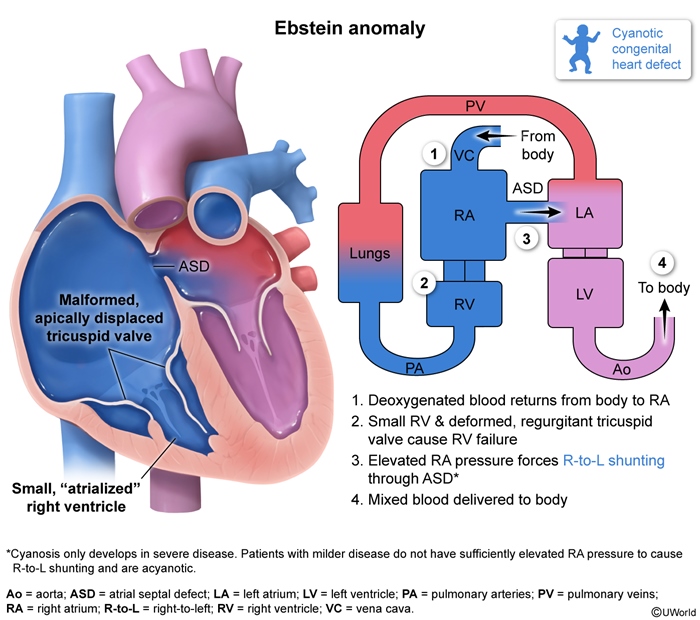Valve Disorders: Tricuspid Regurgitation
Article Sections
Introduction
Tricuspid regurgitation (TR) results from impaired closure of the tricuspid valve leaflets, leading to backflow of blood from the right ventricle into the right atrium during systole. TR can be classified as either:
- primary: due to disruption of the tricuspid valve itself, or
- secondary or functional: caused by right ventricular dysfunction that impairs valve closure despite a structurally normal valve
Severe TR can cause substantial hemodynamic disruption and lead to right-sided heart failure.
Pathophysiology
The tricuspid valve is composed of an anterior, posterior, and septal leaflet; similar to the mitral valve, each leaflet is supported by chordae tendineae attached to a papillary muscle. In contrast with mitral regurgitation, TR much more commonly results from ventricular dysfunction rather than from disruption of the valve itself (ie, secondary TR is far more common than primary TR). Right ventricular dilation due to left-sided heart failure is the most common cause of TR.
Continue Learning with UWorld
Get the full Valve Disorders: Tricuspid Regurgitation article plus rich visuals, real-world cases, and in-depth insights from medical experts, all available through the UWorld Medical Library.
Figures


